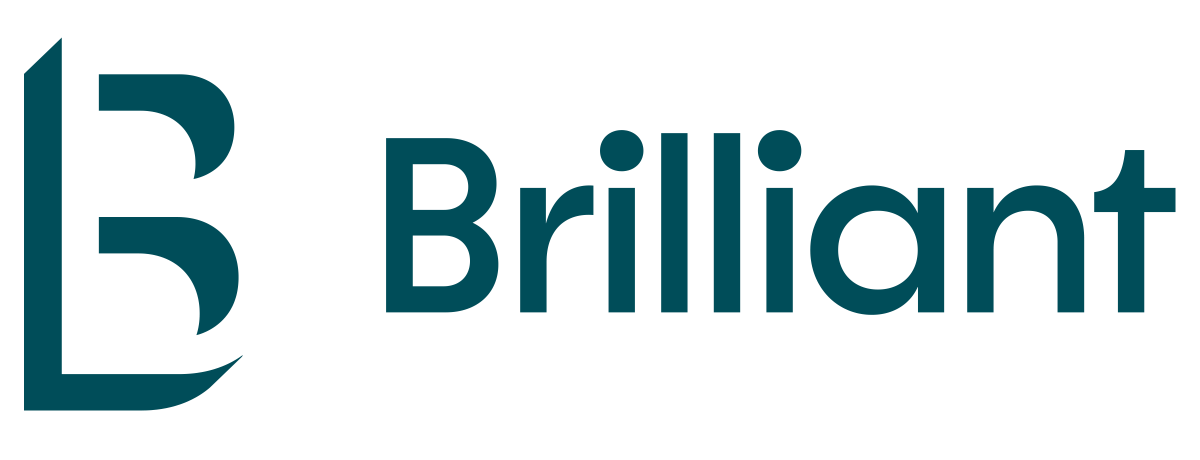For any marketing managers, execs, brand managers, start-up business owners, interns… anyone who might be involved in the social media marketing for your brand, here’s a rundown of introductory tips to take your Community Management to the next level.
For those unfamiliar with the term ‘Community Management’, this refers to the various different ways your brand interacts with its audience online. In this case, we’re talking specifically about engaging with the community on social media. This can be through responding to comments and direct messages as well as interacting with people and other businesses on each of your social media platforms.
If you’re not spending much time interacting with your audience in these spaces, you’re missing a huge opportunity to build relationships with customers, to portray your brand’s personality and to gain insight into your audience. If you’re keen to learn more about why this is the case jump onto my previous blog post about the power of Community Management but for now let’s have a look at some entry level insights into this wonderful world. Here we go.
1. Know the brand
This is vital as it informs how you frame every single interaction. Understanding the tone of voice for the brand is the first thing to get to grips with when starting community management for any brand. What’s the brand personality? What emojis would they use, if at all? What sort of phrase does the brand use? How do you sign off messages? All of these things need to be thought about in order to keep the communication as consistent as possible across all platforms.
Once this is decided, make sure guidelines are in place for reference. If an established brand has solid guidelines – happy days. Practice writing in that style and apply the same questions to the brand. Not many brand guidelines come with guidelines for emoji usage or signing off direct messages.
As well as informing the tone of voice, understanding the brand is essential for making judgements on what content you can publish on the fly – which is a large part of good community management. What hashtags do you jump on? Is it relevant to the brand? Do you instigate a conversation with other brands? Can you be disruptive? Would you tweet a link to a Metro article or a Guardian article? If you know the brand you can make quick decisions on what’s relevant and what isn’t.
2. No engagement left behind
At Brilliant, Community Management is very important to us and our clients. If someone takes the time to interact with the brand whether it’s a compliment or a complaint, they deserve a timely and thoughtful response.
We make sure every comment is responded to in some way, no matter how superfluous it may seem. If someone challenges the brand or complains it’s not an annoyance, it’s an opportunity to publicly explain the brand ethos or showcase quality customer service.
Every missed comment or post you’ve been tagged in is a wasted opportunity to win over other potential fans.
3. Don’t be afraid to make mistakes – but use the fear to be fastidious
When you first get handed those illustrious login details and start speaking on behalf of a brand it can be quite intimidating. Well, very intimidating. When you first start responding a good rule of thumb is if you’re ever unsure about a message, run it by someone else.
Quickly getting it in front of a second pair of eyes is much quicker than mulling over a response for twenty minutes.
The upshot of having the fear is that you can use it be diligent with spelling and grammar. Typos happen on social media – it’s not the end of the world – but it really undermines that perfect, funny, engaging comment when you’ve used the wrong ‘your’.
4. Know your platforms inside out
This is vital for your social media marketing. Without fully understanding all of the avenues that the audience can engage with your brand’s social media page makes your efforts to have top-notch community management, futile.
Most people who use social media will know most avenues through normal usage – comments on your posts, direct messages, pictures that you’re tagging in and posts or comment where you’ve been mentioned.
On Facebook, you’ve got reviews, recommendations comments on all sorts of ads and information requests. On Instagram people often overlook direct message requests and regularly checking hashtags that are relevant to the brand.
All of these need to be regularly managed not only for responding to all interactions but to clear out anything offensive, inappropriate or spam.
5. Be reactive, but not just for the sake of it
Reactive content is a whole new level of community management that requires a little more thought. This is essentially reacting to current events and entering the conversation on behalf of your brand.
If you’re regularly the first brand posting cool and interesting stories that your audience get value from, you’re winning the reactive content wars.
It’s about seizing opportunities to get your brand in front of a wider audience who are already talking about something relevant.
Relevance here is key. We’ve all seen brands jumping onto bandwagons they have no right to be jumping on – don’t be that brand.
6. Build up your FAQs but, if in doubt, seek advice
Spoiler alert – sometimes during your community management you’re acting as a customer service outlet. It’s massively important to be on it when there are issues, if customers have questions about the product or service and if they want to find out where to buy it.
Many of our clients are in the food and beverage sector meaning enquiries about allergen information or ingredients used are incredibly regular. The same customer service questions come up time and time again, so for efficiency, it’s best practice to immediately build up a collection of stock answers to FAQs.
It’s also important to regularly check in with the client to make sure that your info is up to date. Each of our clients has a document with FAQs that’s accessible to anyone in the team should someone need to pick up community management. If someone asks something we’ve never had before – we’re contacting the client straight away to double check that our response is as accurate as possible. There’s no room for guessing here, gang.


